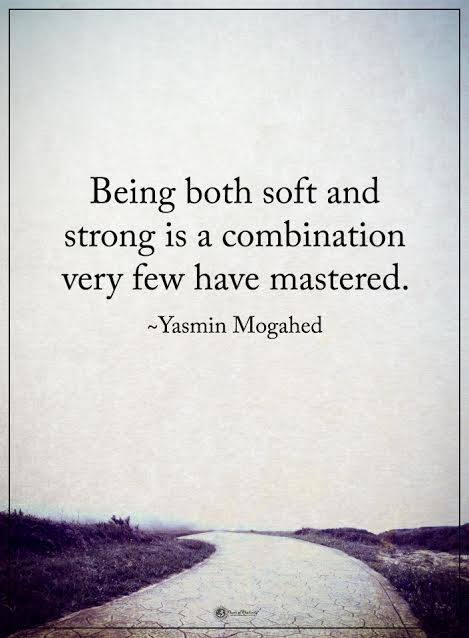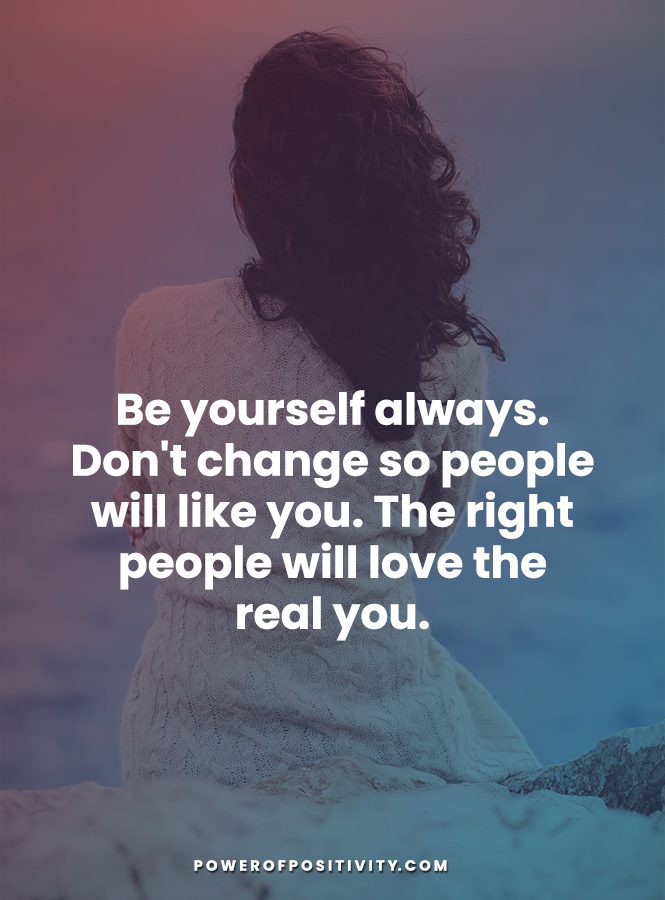Social scientists know that we tend to have a prejudice against those who cry during movies. Our tendency is to see people who cry as being emotionally weak.
Rarely is crying during movies interpreted as being mentally tough. But if we can set our negative stereotypes aside, we can see how emotional outpourings like crying can help us socially. In fact, it helps connect to others by helping them see how well we relate to their emotions.
Why Crying During Movies Actually Means You’re Mentally Tough
Crying during movies means you have the skills of an empath. Empathy is a skill that allows you to understand how someone else must be feeling based on what you either know about the situation they are experiencing or by their observable behavior.
The character Commander Deanna Troi on the TV series Star Trek: Next Generation is the best popular culture reference to understand what an empathetic or empathic person is like.
Crying during movies means you possess the ability to relate to the emotional state that another person is experiencing based on their situation and facial expressions.
Although you know that this pain belongs to someone else, for example an actor in a movie, you know what it feels like to hurt, grieve, yearn, or rejoice and you can relate to a fellow human being who is showing the same emotion.
Empaths have to be mentally tough because emotional outpourings can drain physical energy. Connection like this to fellow people on the planet is an important social skill that is often overlooked or undervalued. The ability to relate in important ways will help you be successful with your education, career, and romantic partnerships.

Crying during movies connects to emotional intelligence, extroversion, and self-esteem
Researchers studying crying during movies found that several personality traits were found to be associated with crying and sadness. These include empathy, extroversion, femininity, self-esteem, and prior stress levels.
Women who cried during a movie also reported being sad to the researchers afterward. Conversely, men who cried reported no emotional connection to the film.
Mentally tough people usually take the leadership role in social interactions. And that seems to conflict with the image of someone who cries at movies. However, being extroverted was one of the surprising personality trait results of the above experiment.
The researchers found that these personality traits were associated with crying during movies and ego strength or self-esteem levels, which is the mental toughness in knowing oneself to be worthy of respect.
You might say that people who cry during movies have an advantage over others. Picking up on emotional cues based on tone, facial expressions, body language, micro-expressions, and your gut instinct helps you to identify if the people you interact with are pleased or displeased.
Here’s how these observed responses connect to emotions:
Understanding Tone
The tone of voice is crucial to communication, revealing emotions and attitudes that may not be explicitly stated. It encompasses pitch, volume, and pace. Indeed, it can indicate feelings like anger, happiness, or uncertainty. For instance, a raised voice might signify anger or excitement, while a monotonous tone could suggest boredom or disinterest. By attentively listening to the tone, you can gauge the emotional state and intent of the speaker, which aids in better understanding their perspective.
Interpreting Facial Expressions
Facial expressions are powerful indicators of someone’s emotional state. Through facial cues, humans instinctively recognize emotions such as happiness, sadness, anger, and surprise. A smile, for example, generally indicates happiness or approval, while a frown usually signifies displeasure or concern. Learning to interpret these expressions accurately can provide valuable insight into how someone is feeling, even if they don’t verbalize it.
Reading Body Language
Body language is a non-verbal communication that includes gestures, posture, and movements. Open body language, like uncrossed arms, can indicate receptiveness and comfort, while closed body language, such as crossed arms or avoiding eye contact, might suggest defensiveness or discomfort. Observing body language in conjunction with other cues can better understand someone’s emotional state.
Analyzing Micro-Expressions
Microexpressions are brief, involuntary facial expressions that reveal genuine emotions. They are often difficult to catch and interpret, as they occur fleetingly. These expressions can be crucial in detecting hidden feelings or lies. For example, a quick flash of contempt on someone’s face might go unnoticed in a casual interaction but can indicate underlying negative feelings.
Trusting Your Gut Instinct
Gut instinct, or intuition, plays a significant role in reading others. It’s an instinctive feeling that often arises without conscious reasoning. Trusting your gut can help quickly judge someone’s intentions or feelings. Past experiences and knowledge shape this instinct, and while it’s not infallible, it can be a valuable tool for understanding social dynamics.
This is the kind of information that marketing professionals harness to determine consumer preference for or against a product.

Final Thoughts on Crying During Movies
Crying during movies is part of the experience of totally immersing yourself in a movie. In another study, researchers looked at the illusion of having two bodies simultaneously during a movie. They say that although we know that the movie is not real, more perceptive people are simultaneously aware of being inside the film and outside of it.
This conflict between being both here in the seat of the theater and also participating in the movie experience of the actors can cause viewers to experience “dizziness and nausea, an unsettling yet – to a certain degree – pleasurable feeling, which is significantly intensified in media environments such as 3-D films and virtual reality.”



















